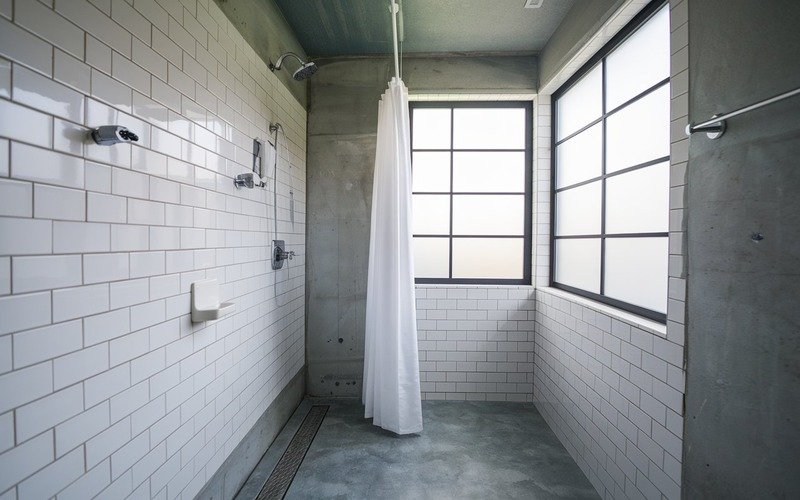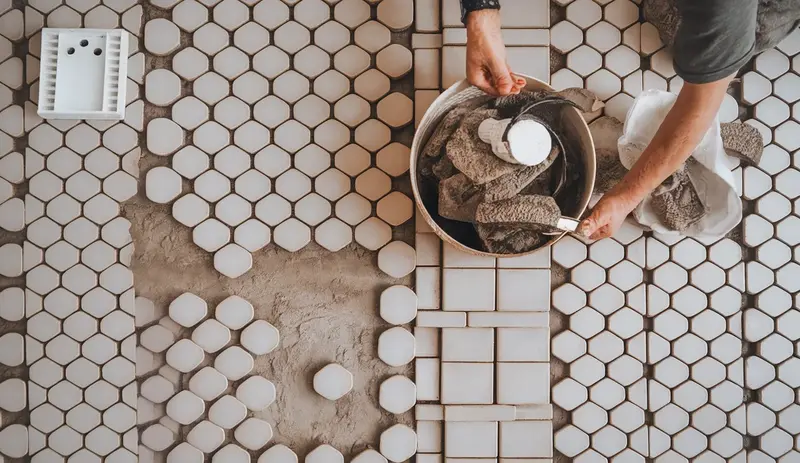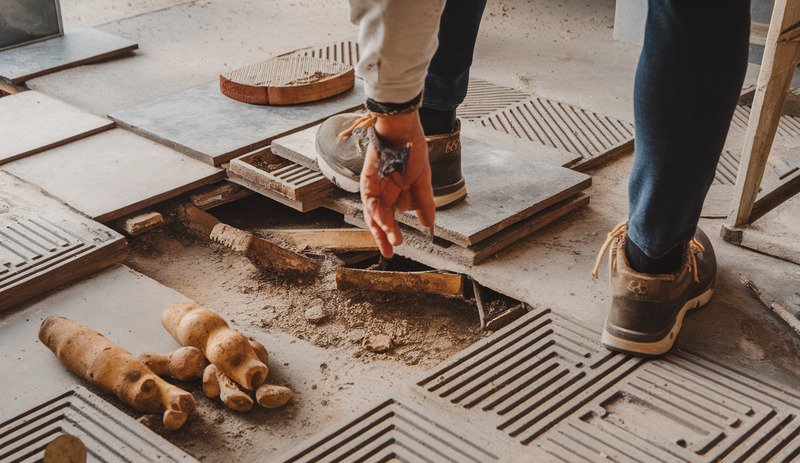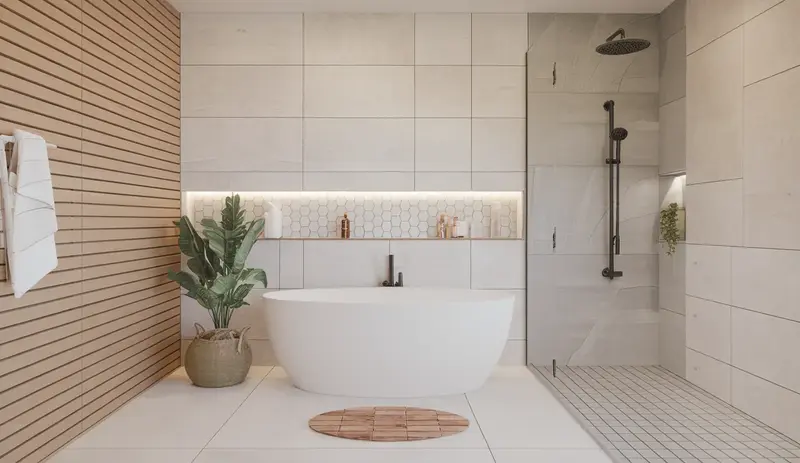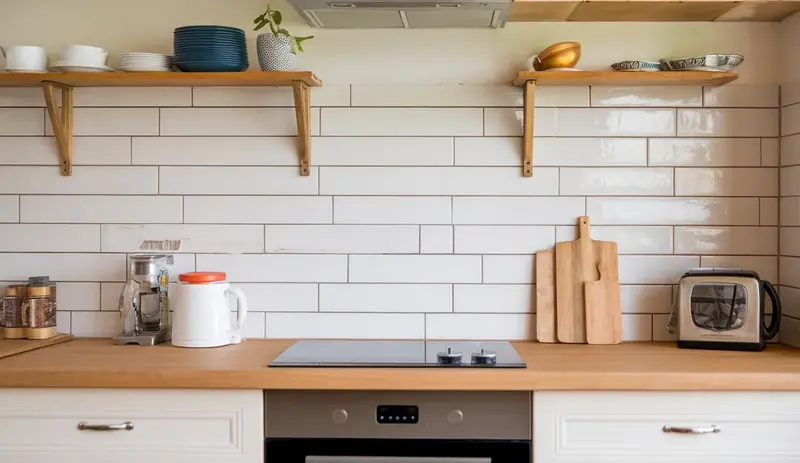Picture this – you’ve just finished a relaxing shower, only to notice a small water stain creeping out from behind your tiles. That innocent-looking spot could be a ticking time bomb for serious water damage.
This guide will walk you through everything you need to know about shower tile waterproofing, from why it matters to exactly how to do it right.
Shower Waterproofing: Protecting Your Bathroom
Bathrooms are under constant threat from water. Water is everywhere—on the floor, in the air, and in all the fixtures. Proper waterproofing isn’t just a good idea; it has to be done to avoid bathroom disasters, especially in areas like Plano, Texas, where humidity can be a concern.
Why Waterproofing Matters?
Moisture can destroy your bathroom quickly. A tiny leak can cause huge problems, and the only solution is to fix the leak and repair everything that got damaged. At Star Tile and Surfaces, we’ve seen restrooms where uncontrolled moisture produced significant issues like wobbly floors and falling apart wall boards.
The repair of an average bathroom damaged by water can run between $1,000 and $5,000—and potentially more to ensure lasting repairs.
Types of Waterproofing Membranes
All waterproofing solutions are not created equal. Here are the main options:
Liquid-Applied Membranes: These paint-on solutions create a seamless barrier. They’re flexible, relatively easy to apply, and work great for irregular surfaces.
Sheet Membranes: These are big, ready-made waterproof sheets that provide consistent protection. They’re great for covering larger areas with precise coverage.
Foam Shower Boards: An updated innovation that merges insulating and waterproofing technology—ideal for contemporary bathroom renovations.
You May Be Interested In: How to Choose Between Glossy and Matte Tile Finishes?
Critical Areas to Waterproof
Water problems most often begin in these areas:
- Shower Floors
- Joints in Walls
- Corners and Edges
- Niches in Showers
- Places Where Plumbing Passes Through
Tip: These are top spots for water intrusion. Seal them, and you’ll greatly reduce the chance of water damage.
DIY vs. Professional Waterproofing
DIY is possible if you have basic construction skills and are working on a small area. However, professional help is recommended for complex jobs. According to HomeAdvisor, waterproofing costs can range from $500 to $1,500, with some estimates topping $3,600.
Waterproofing Process
Surface Preparation: Thoroughly clean and fix your substrate. Any dirt, debris, or damage will undermine your waterproofing efforts.
Membrane Application: Apply your selected membrane meticulously, ensuring total and uniform coverage. Pay special attention to crucial sections.
Drying and Curing: Follow manufacturer instructions precisely. Patience is key during this process.
Common Waterproofing Mistakes to Avoid
Don’t:
- Skip surface preparation
- Use incorrect materials
- Fail to cover completely
- Ignore manufacturer instructions
- Rush the job
Maintenance Tips
Inspect your shower every three months for:
- Staining
- Mushy areas
- Grout weakening
- Unusual dampness
Final Thoughts
Waterproofing might seem challenging, but it’s far less costly than repairing water damage. A single ounce of prevention is worth a pound of cure—especially in your bathroom. Do it right, do it thoroughly, and your bathroom will thank you in the long run.
Waterproofing is crucial for protecting your shower and home. By understanding the right techniques and being proactive, you can prevent costly water damage and maintain the integrity of your bathroom.
